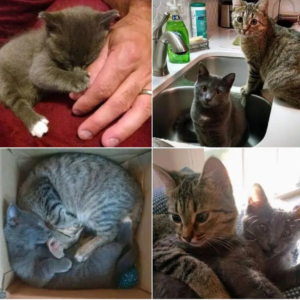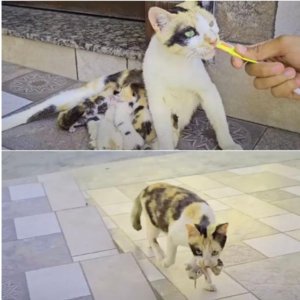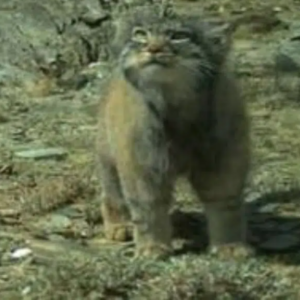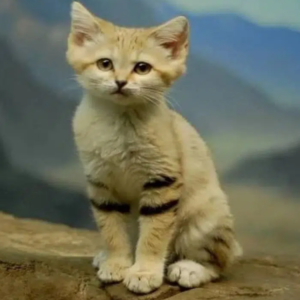A mother grizzly bear fiercely safeguards her three tiny newborn cubs, demonstrating the instinctual protective behavior characteristic of her species. In the wild, the bond between a mother and her offspring is crucial for the survival of the young, especially in the early stages of life when they are most vulnerable. The mother bear remains vigilant, using her keen senses to detect any potential threats in her surroundings. Her nurturing instincts drive her to ensure that her cubs are safe and secure, often positioning herself between them and any perceived danger. This protective behavior is essential not only for the cubs’ immediate safety but also for their long-term development as they learn to navigate the challenges of their environment.
The scene unfolds in a natural habitat where the mother grizzly bear exhibits a remarkable display of maternal care and vigilance. As her three diminutive cubs explore their surroundings, she remains ever-watchful, ready to intervene at a moment’s notice. The cubs, with their soft fur and playful demeanor, rely entirely on their mother for sustenance and protection during these formative weeks. The mother bear’s instincts are finely tuned to the rhythms of the wilderness, allowing her to detect even the slightest disturbances that could pose a threat. This dynamic between the mother and her cubs highlights the intricate balance of life in the wild, where maternal protection plays a pivotal role in ensuring the survival and growth of the next generation.





